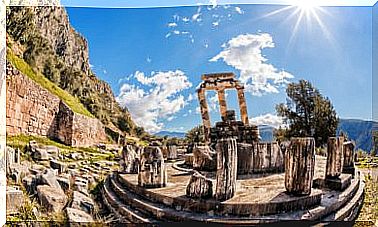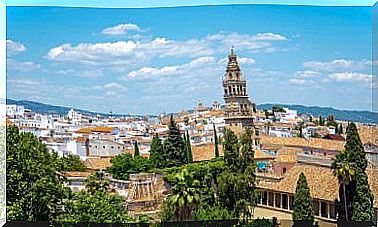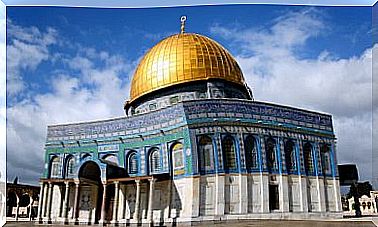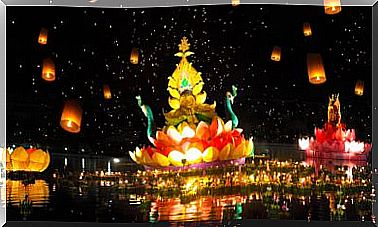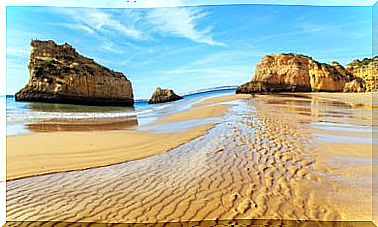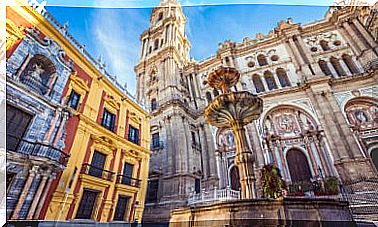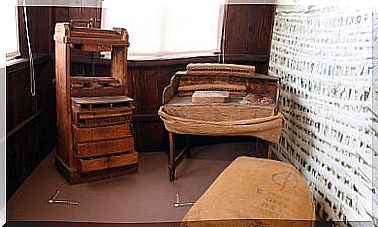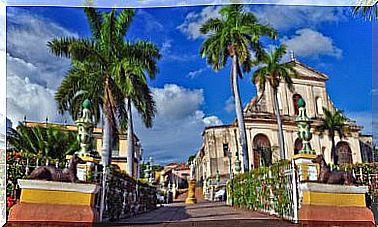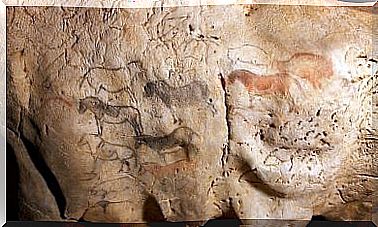Discover The Palace Of The Hundred Columns Of Persepolis
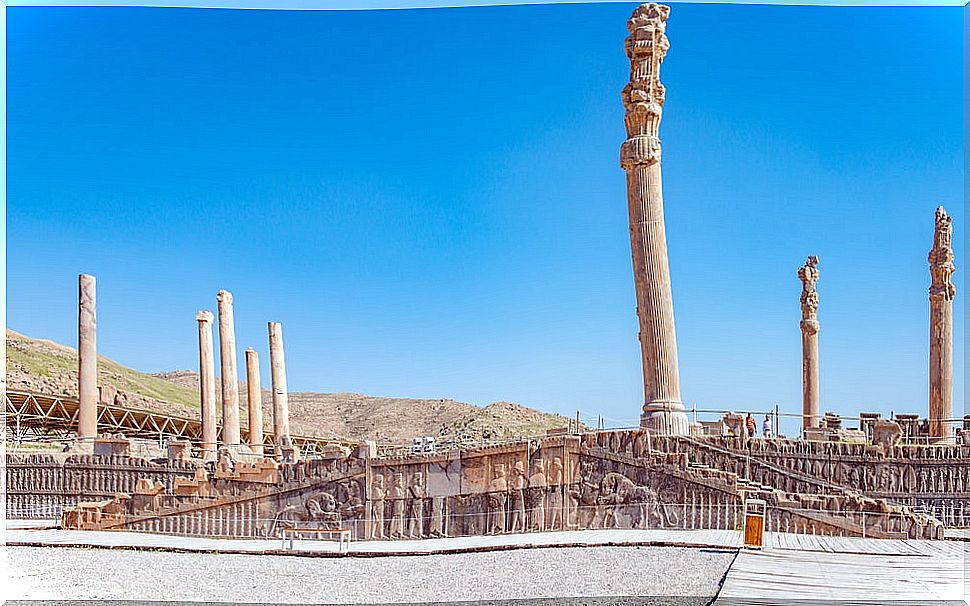
Persepolis was the capital of the ancient Persian Empire in the 5th century BC. During this period, the construction of an architectural complex made up of different buildings began. The Palace of the Hundred Columns is one of the main symbols of Persian culture, and we will soon find out why.
Persepolis is located in Iran, 70 kilometers from Shiraz. In its day it was the ideal place for the Persian Empire to expand its power throughout Mesopotania. For this reason, Emperor Darius I wanted the city to be sufficiently developed and ordered the construction of an enclosure made up of palaces and temples.
Who was Darius I?
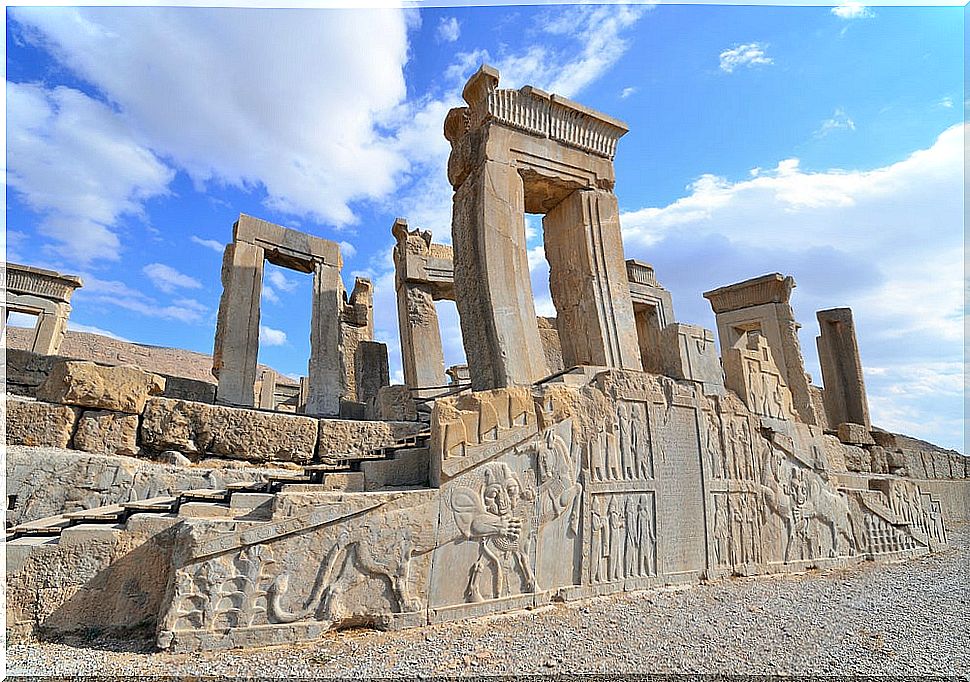
During 521 BC, Darius I took control of the city through a coup. Thanks to this, he seized power from Cambyses II. The empire he controlled comprised parts of Greece, Egypt, and India.
The most characteristic thing is that it divided its territory into provinces to make government easier. To do this, it assigned a delegate in each territory. In this way, the Persian empire gained autonomy, but it was also more disunited.
Later, during the 5th century BC, the Medical Wars occurred, in an attempt by the Persians to subdue Greece. All attempts failed and the empire was weakened. And it was then that some provinces took the opportunity to unite in favor of a secession that involved dividing the empire into independent provinces.
Finally, it was Alexander the Great who, in 331 BC, conquered the empire and the Persian civilization disappeared. However, we still have traces of their presence in the area, such as the fabulous architectural complex of Persepolis, in which the Palace of the Hundred Columns stands out .
The Palace of the Hundred Columns of Persepolis
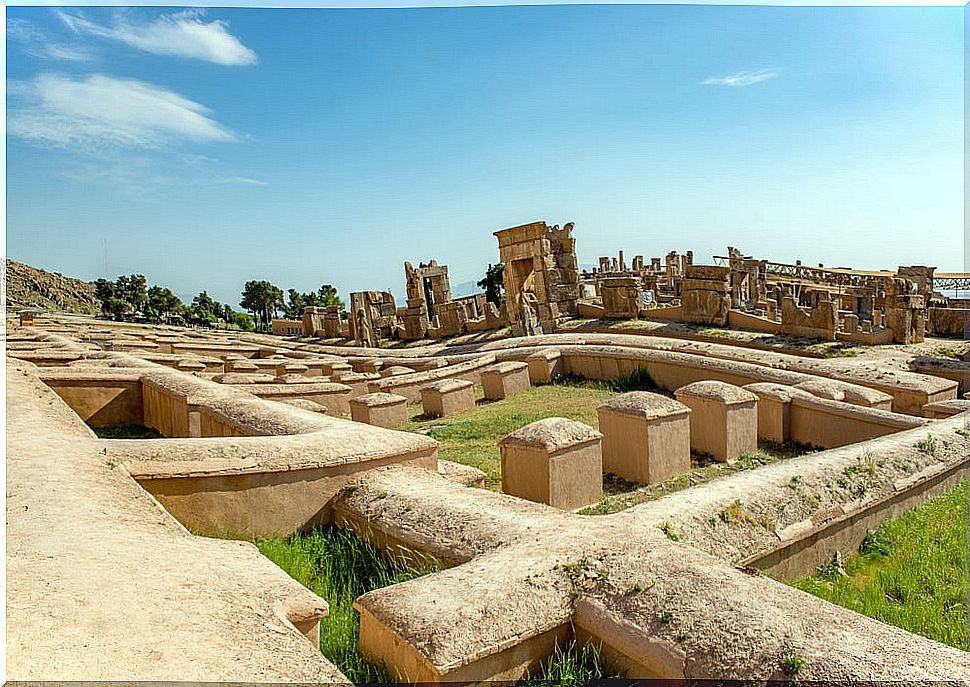
The Palace of the Hundred Columns in Persepolis was the emperor’s place of residence. It is one of the most complex buildings in the city, located in the highest part.
It is 60 meters wide and 20 meters high and was surrounded by a small wall. For access, two staircases were created to the north and south of the palace. On this surface 36 columns were raised in 6 rows, but only 13 remain. They were joined by beams called protomes, and were shaped like the head of a bull or a lion.
Inside is the Apadana, the so-called Darío I Audience Room. It served for the emperor to receive his subjects. Along with this, the palace included a residential area. It was set back from the reception area and had a landscaped courtyard.
Architectural style of the Palace of the Hundred Columns
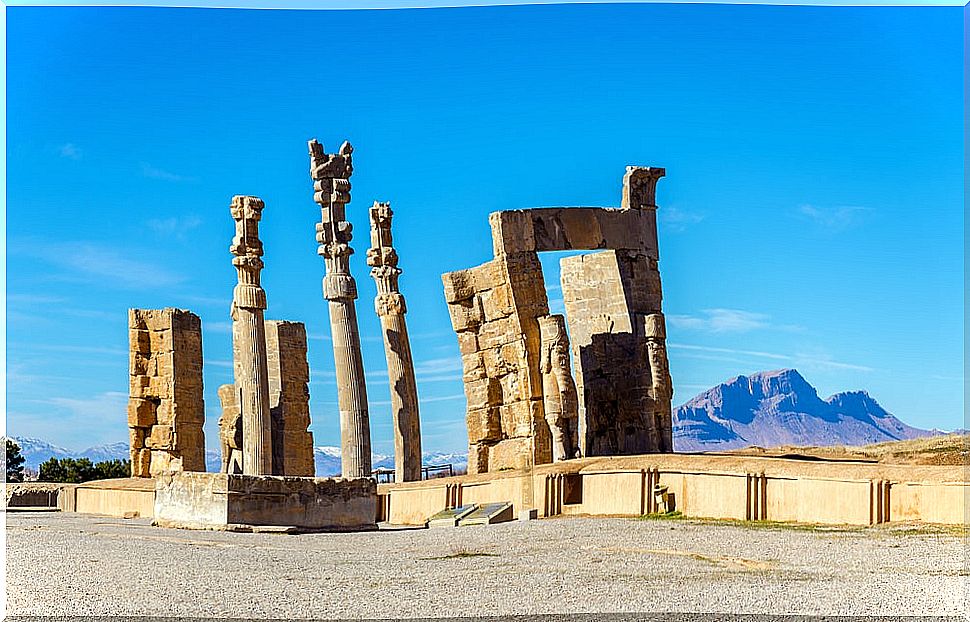
It is known that the date of construction, at least from Apadana, could have been made throughout 515 BC, according to some gold and silver tables that were found in the foundations of the room.
The importance of the Palace of the Hundred Columns in art is that it encompasses a fusion of three cultures : Egyptian, Greek and Mesopotamian. The use of adobe in construction is inherited from the Egyptian and Mesopotamian empires. From Ancient Greece, on the other hand, the use of columns and capitals.
Current state of the palace
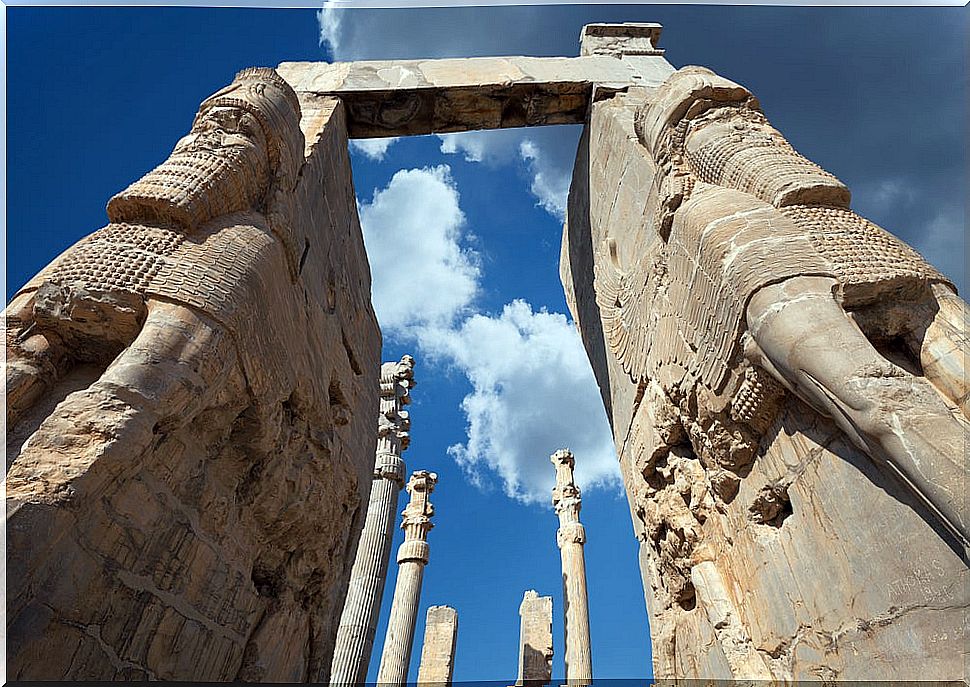
At first we pointed out that during the government of Darius I the Persian Empire began to weaken until the conquest of Alexander the Great. Thus, the city was subjected in 330 BC to a harsh siege that largely destroyed it.
Wars and the passage of time have meant that part of the whole has been lost forever. However, some areas are still standing and are restored and suitable for visiting. Thanks to this you can perceive the splendor of ancient Persepolis.
In fact, in the remains of the ancient Persian city complex there is much more to visit than the Palace of Hundred Columns. For example, you should walk around the terrace and admire the doors of Xerxes, the Apadana, the harem or the Treasury room, along with some funerary monuments. Do not miss it!
